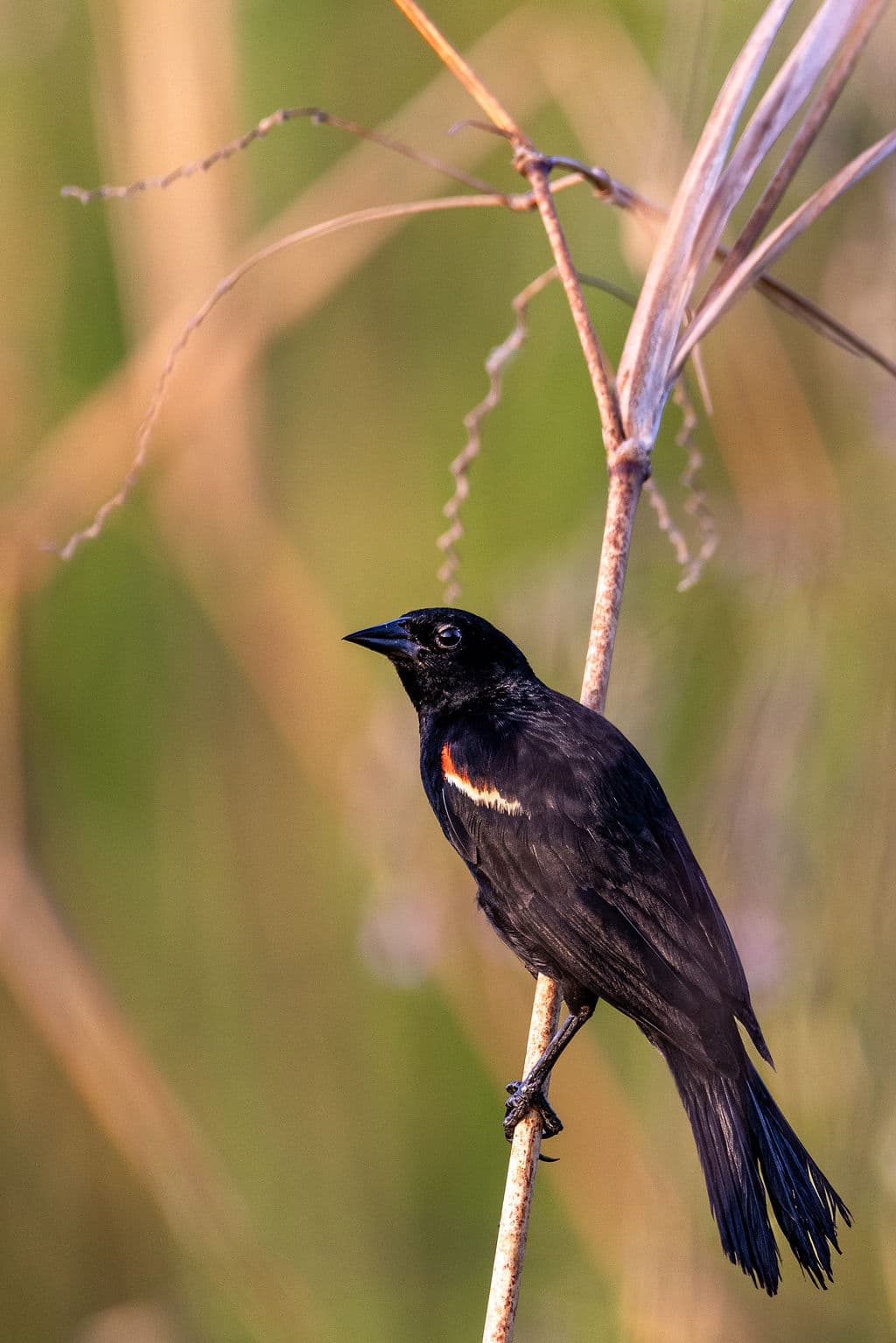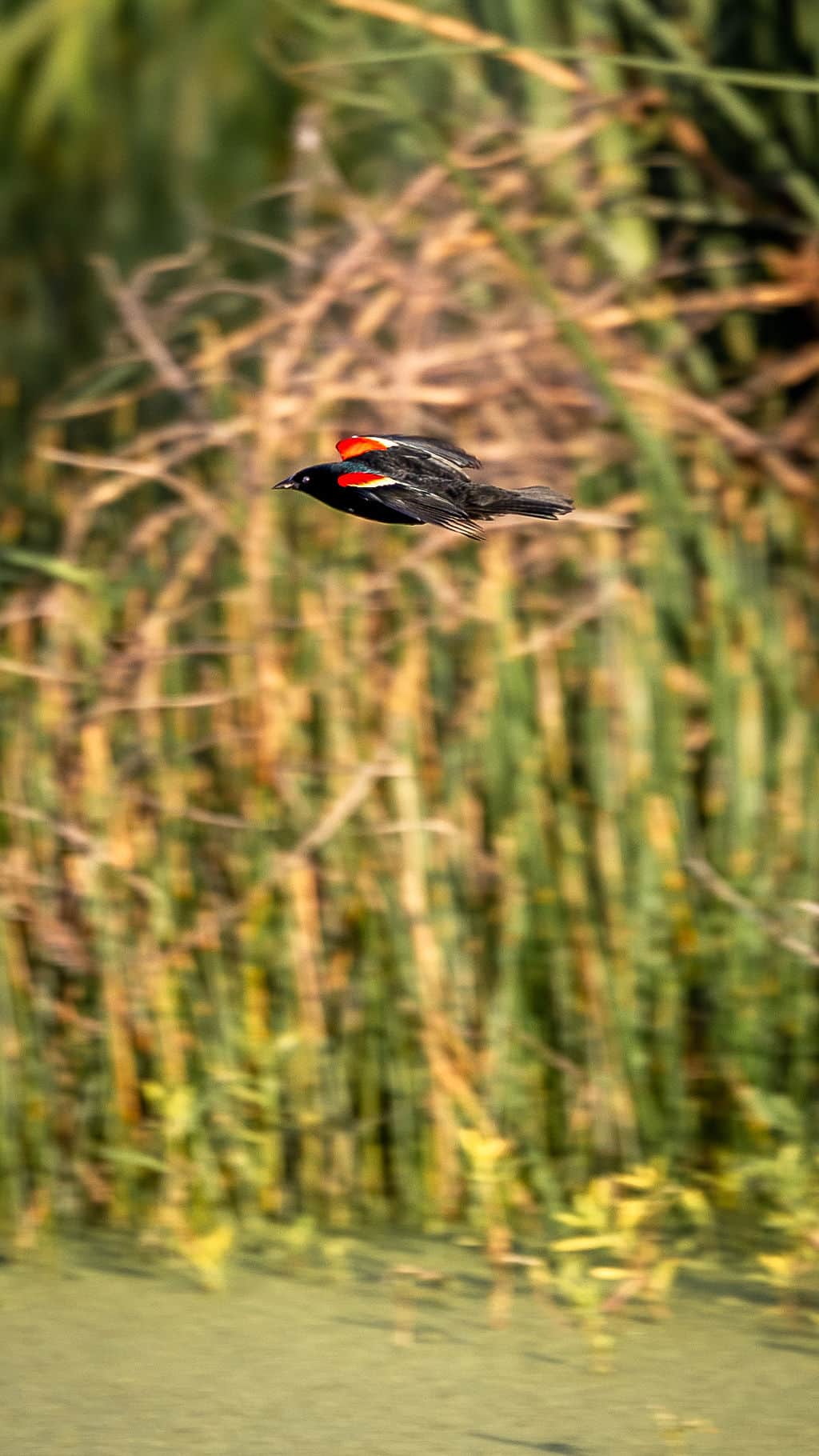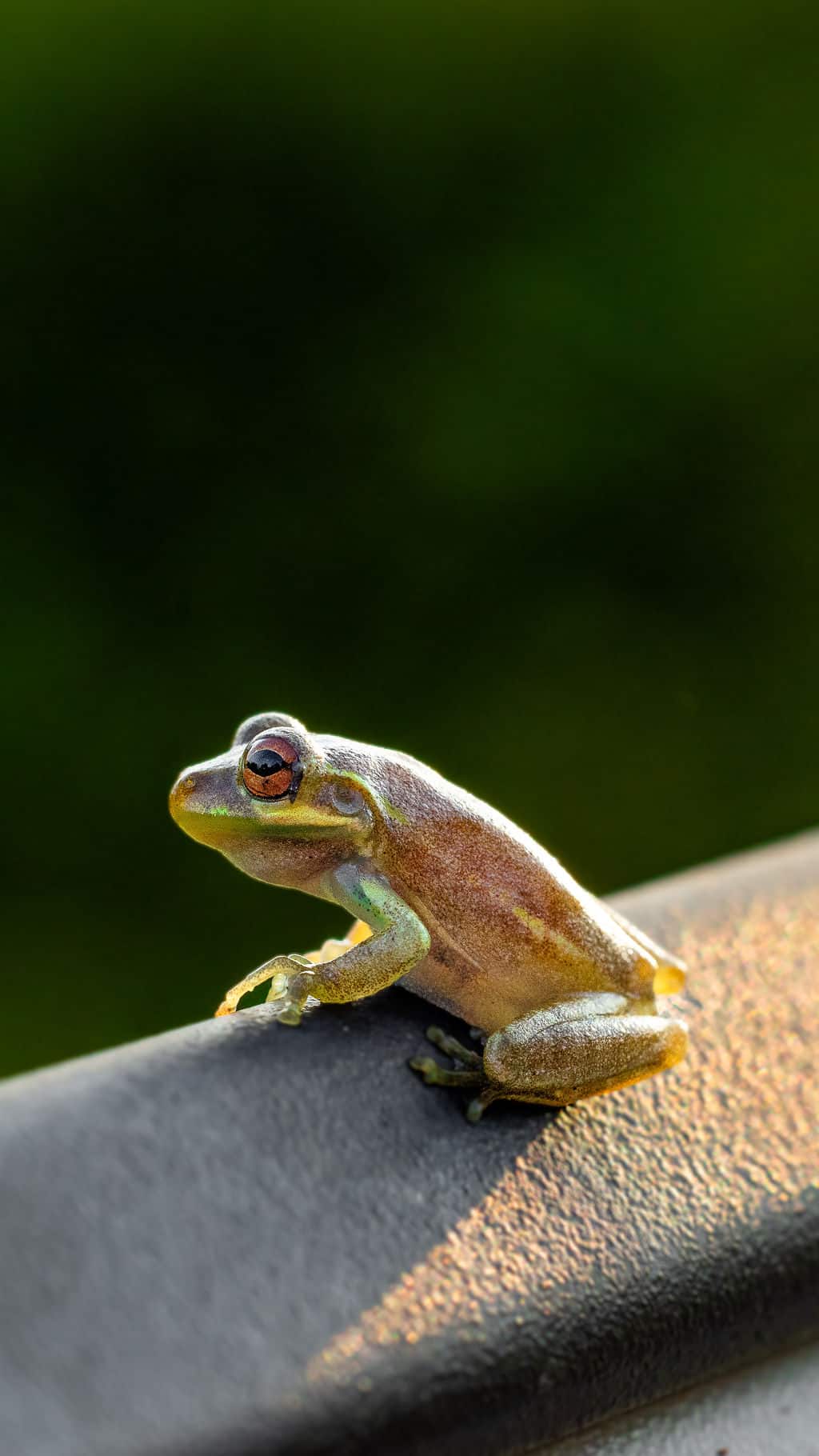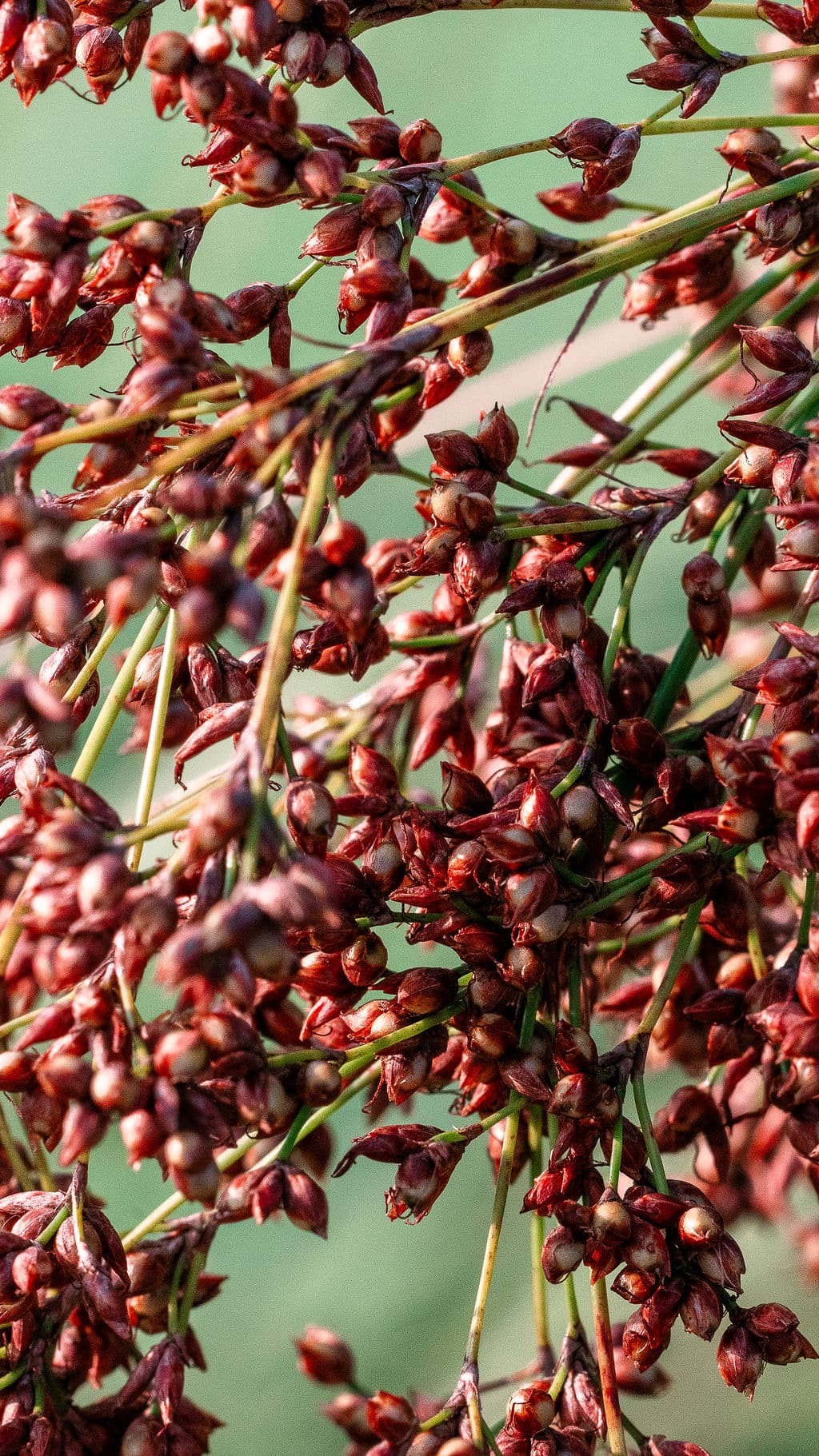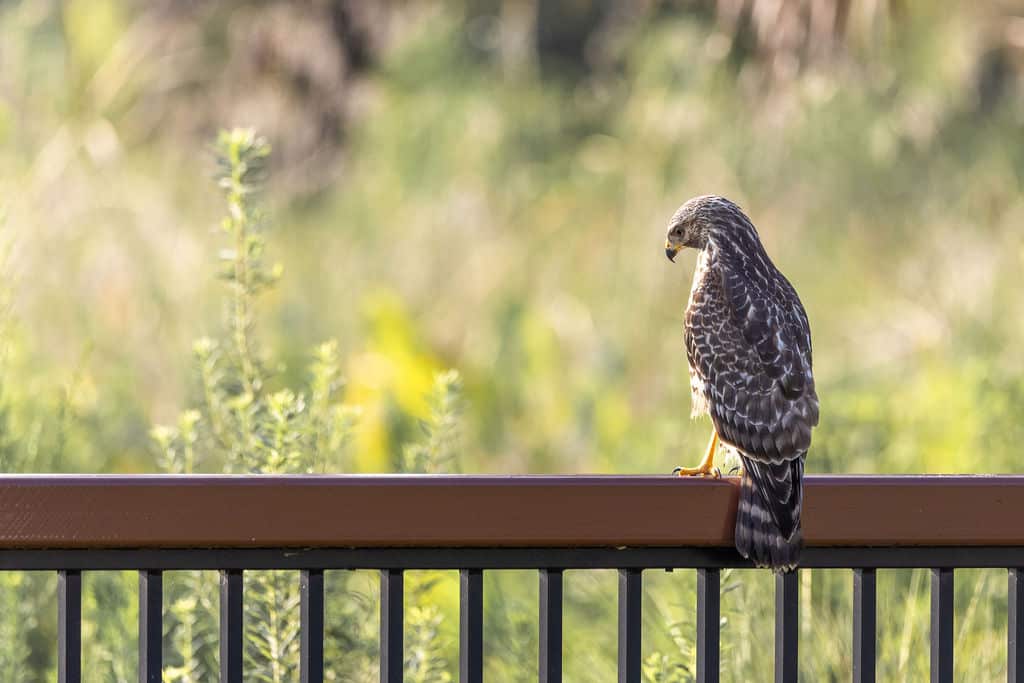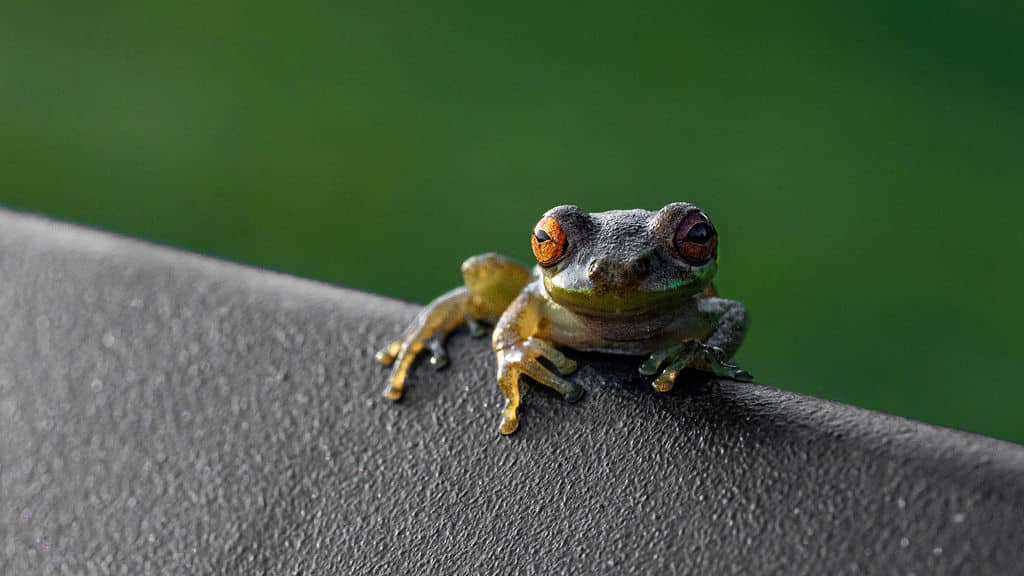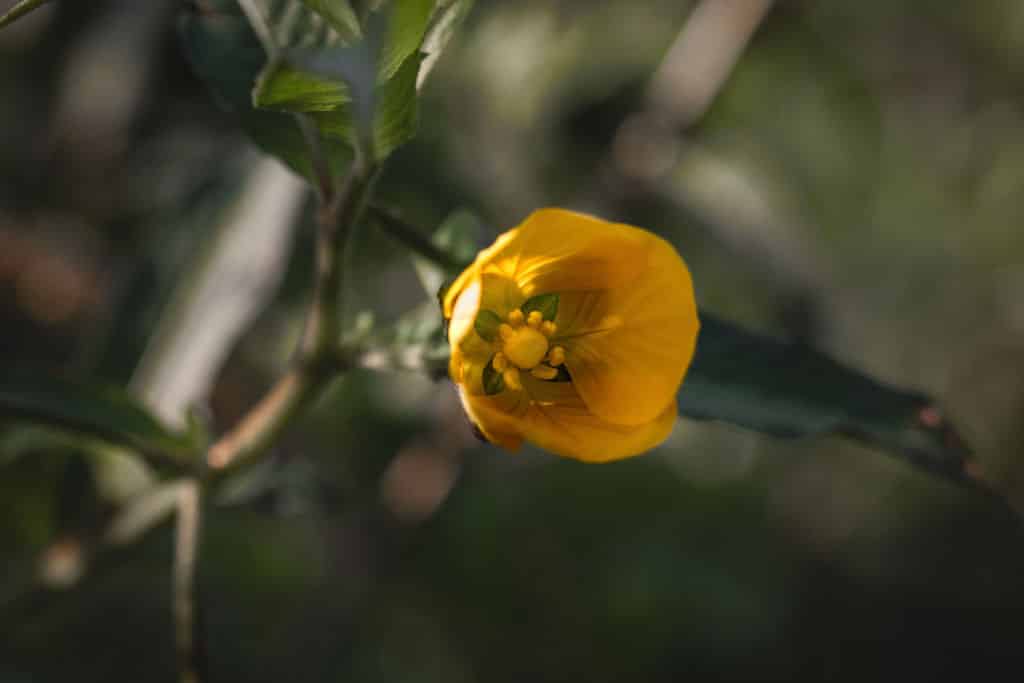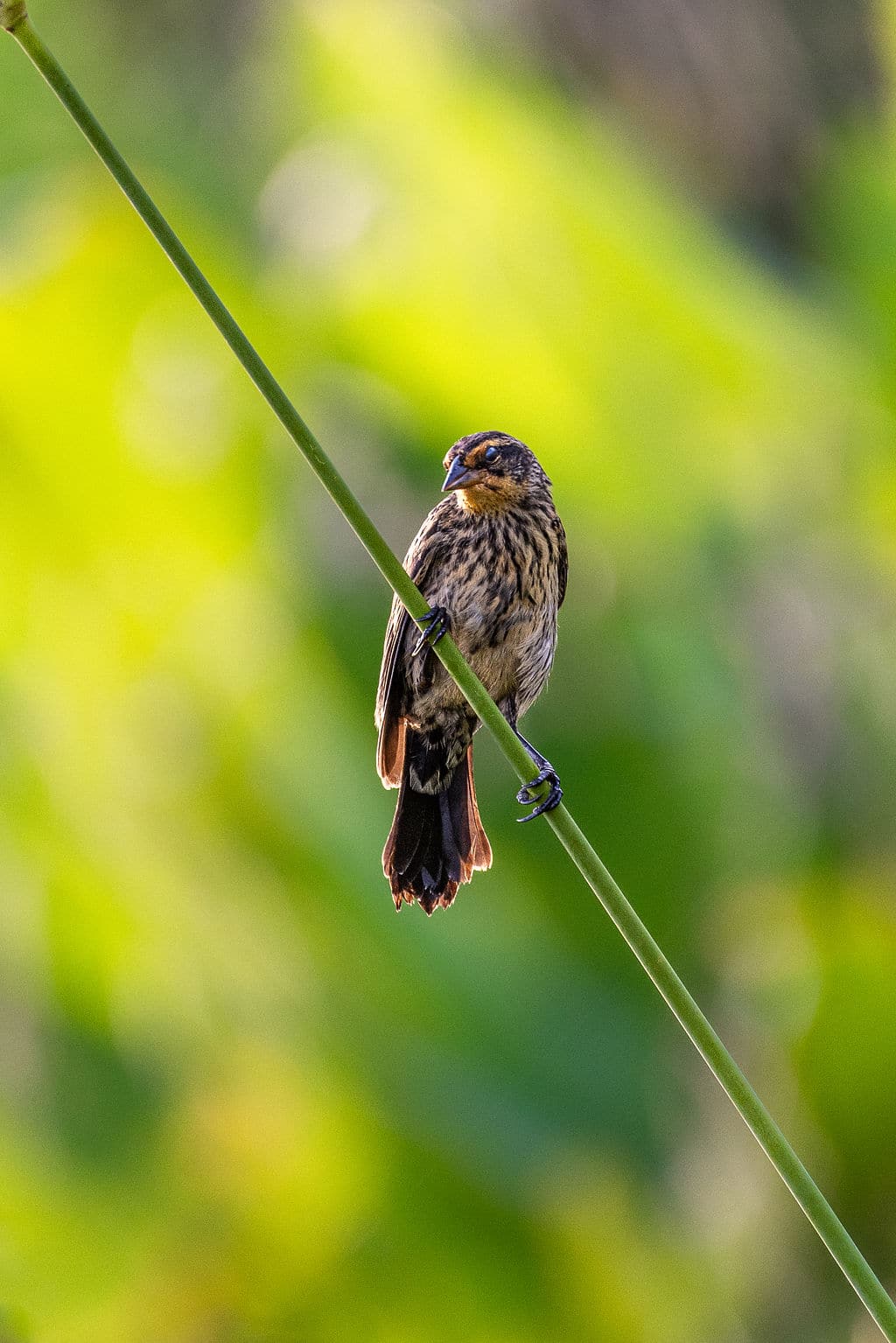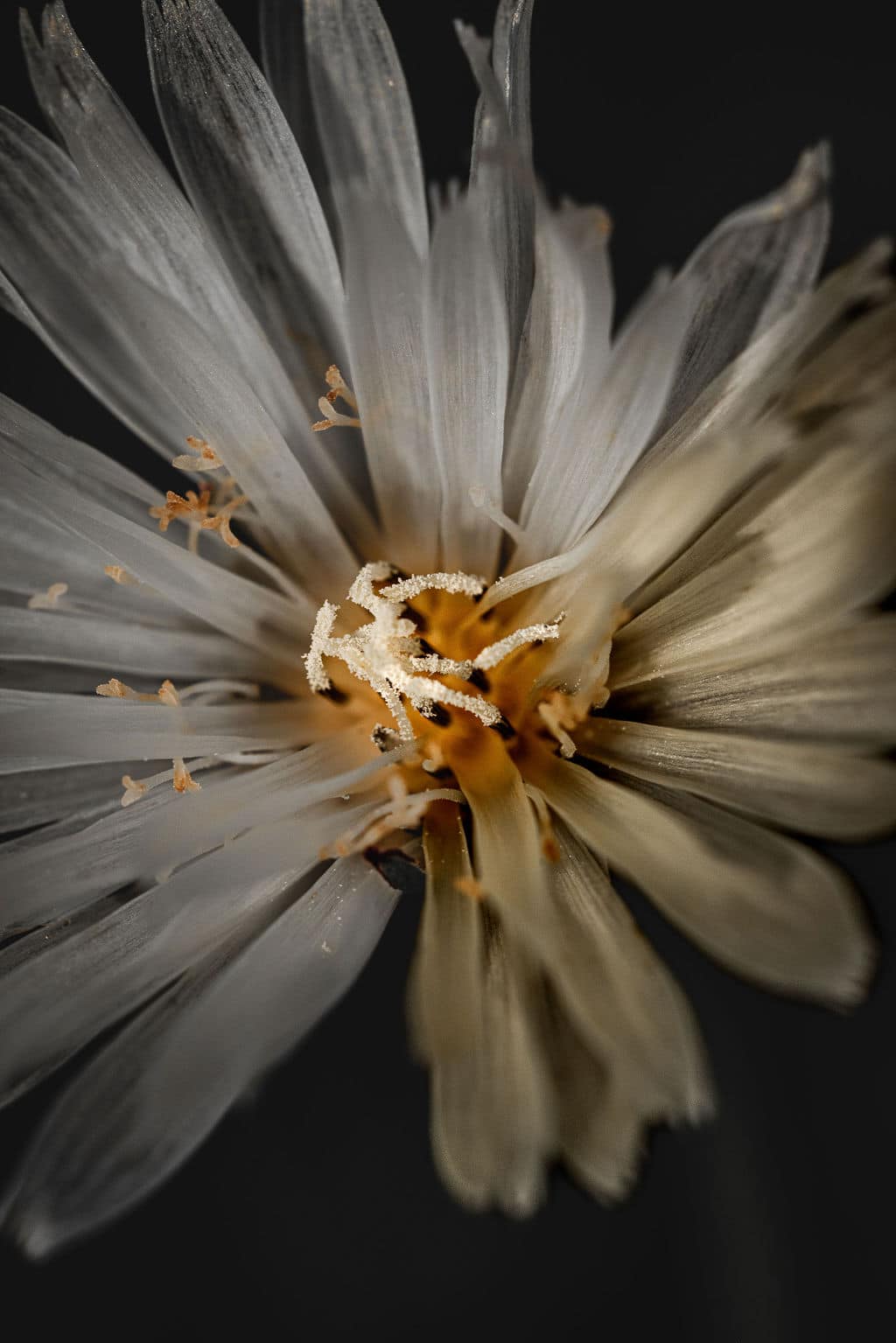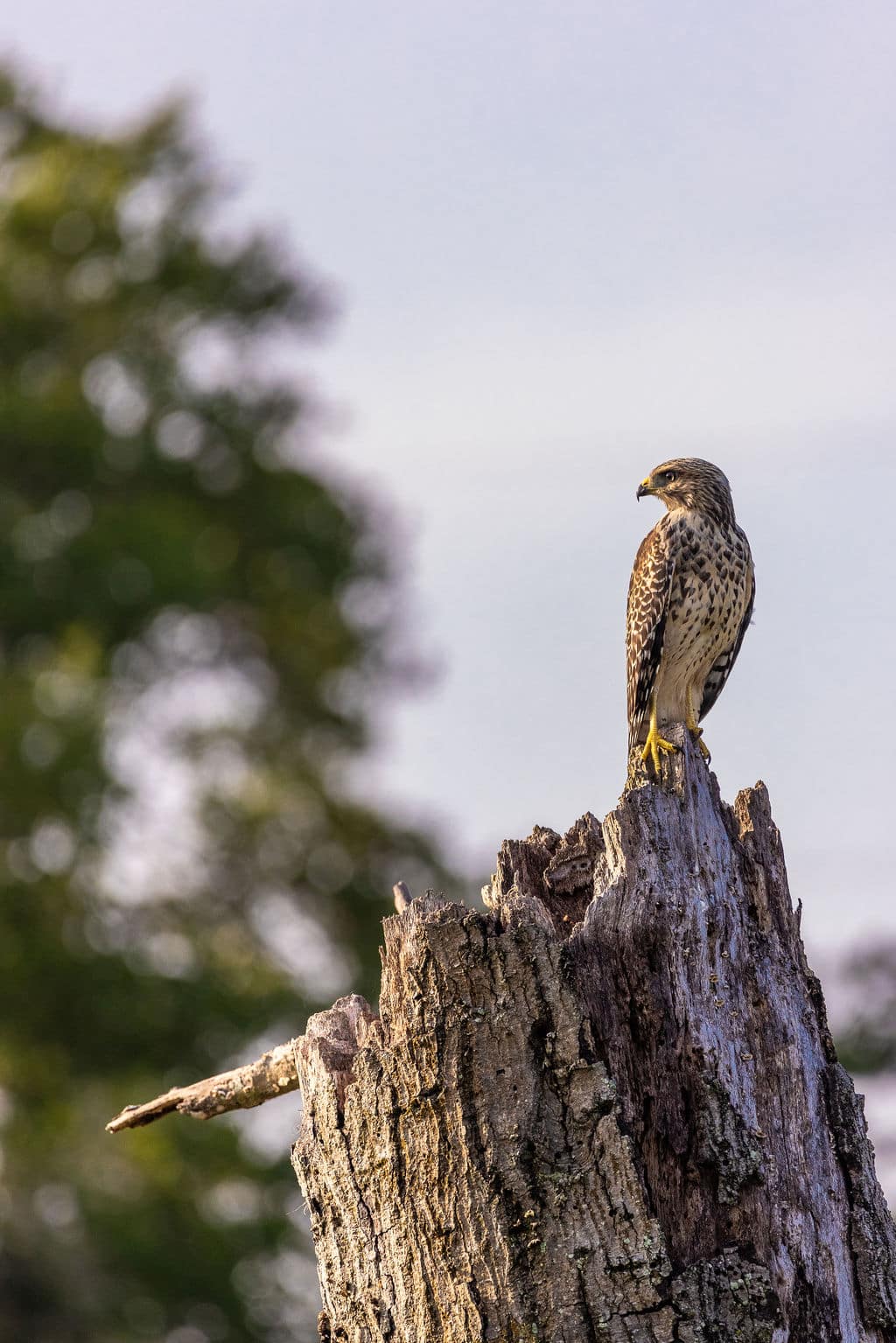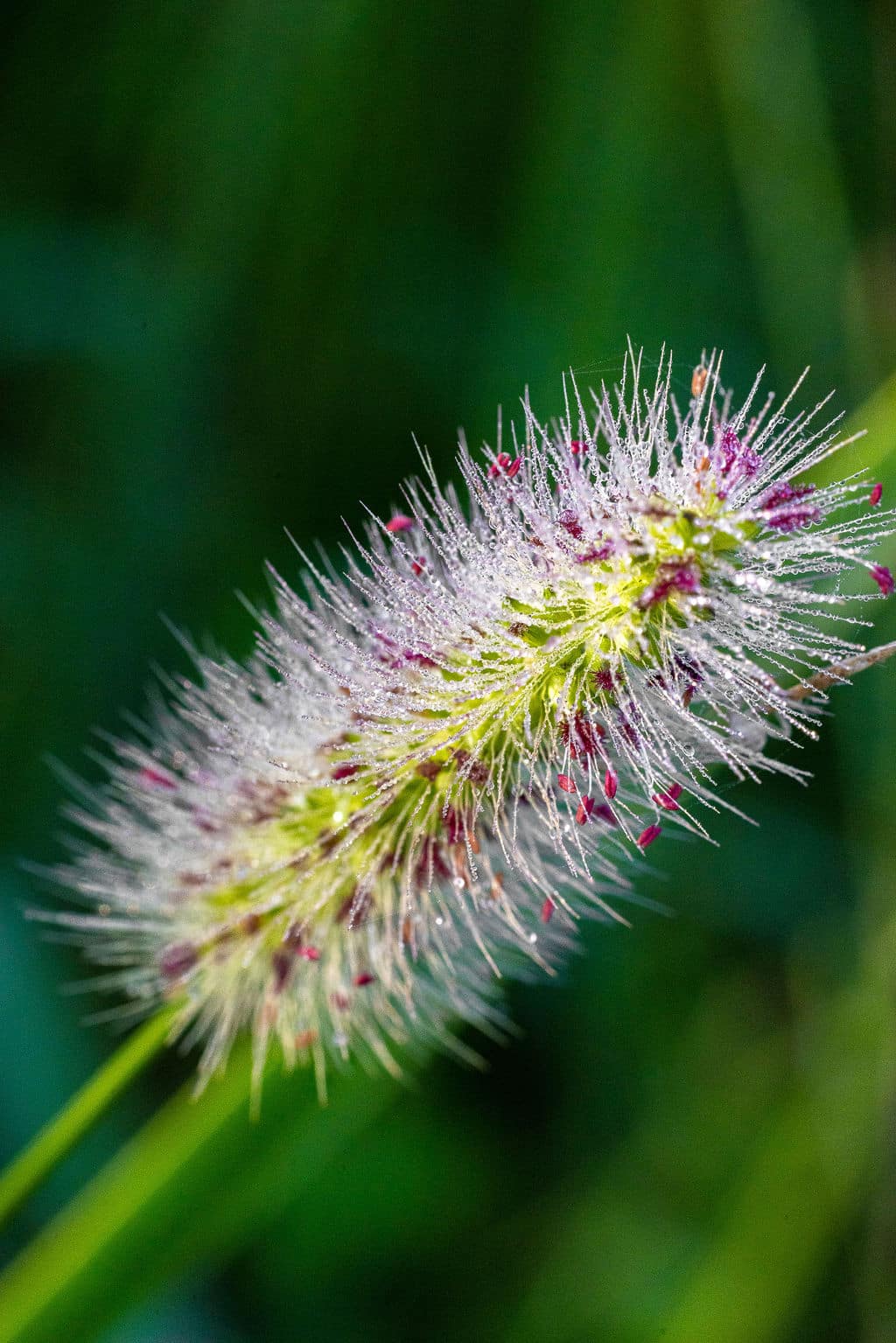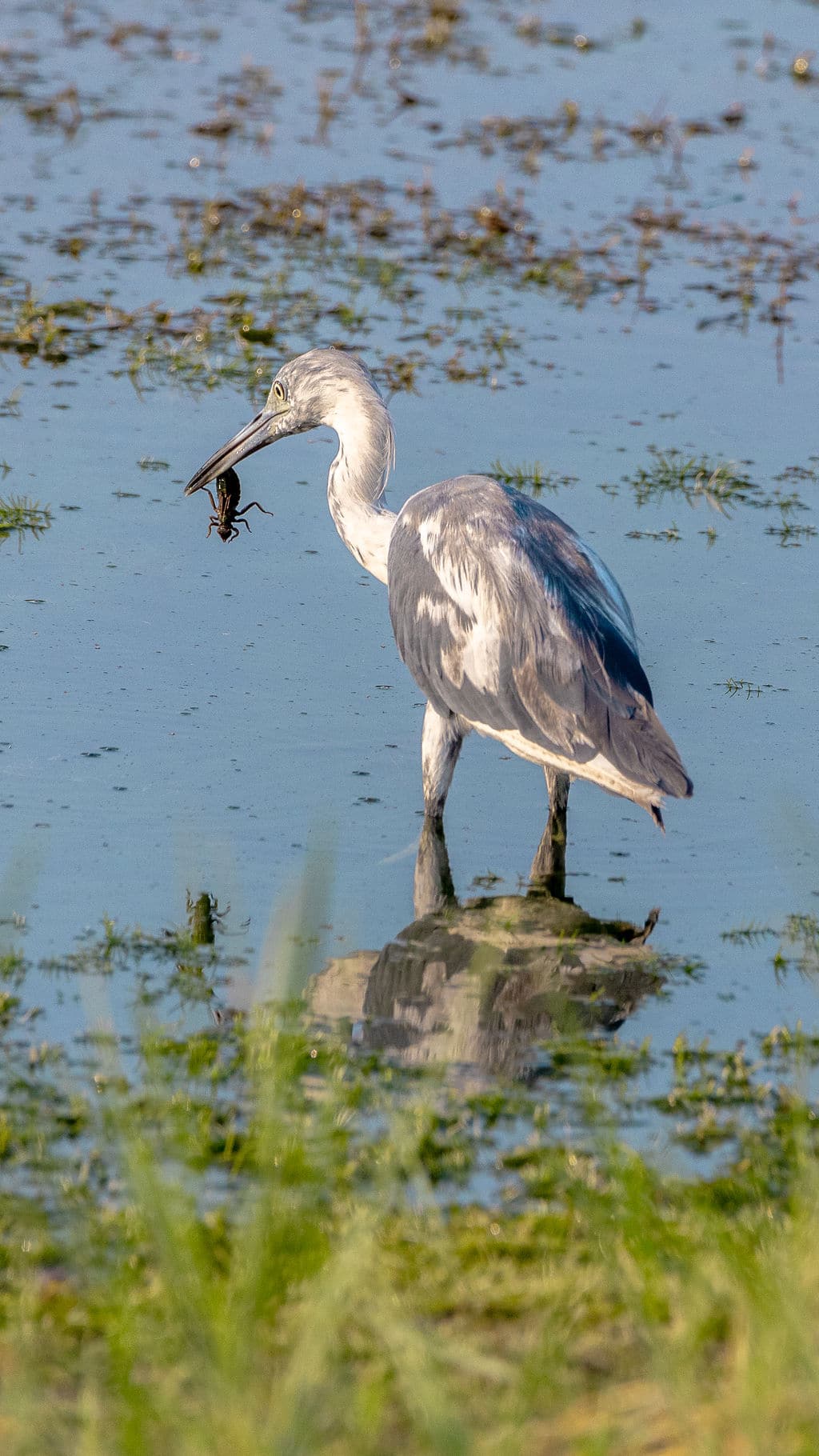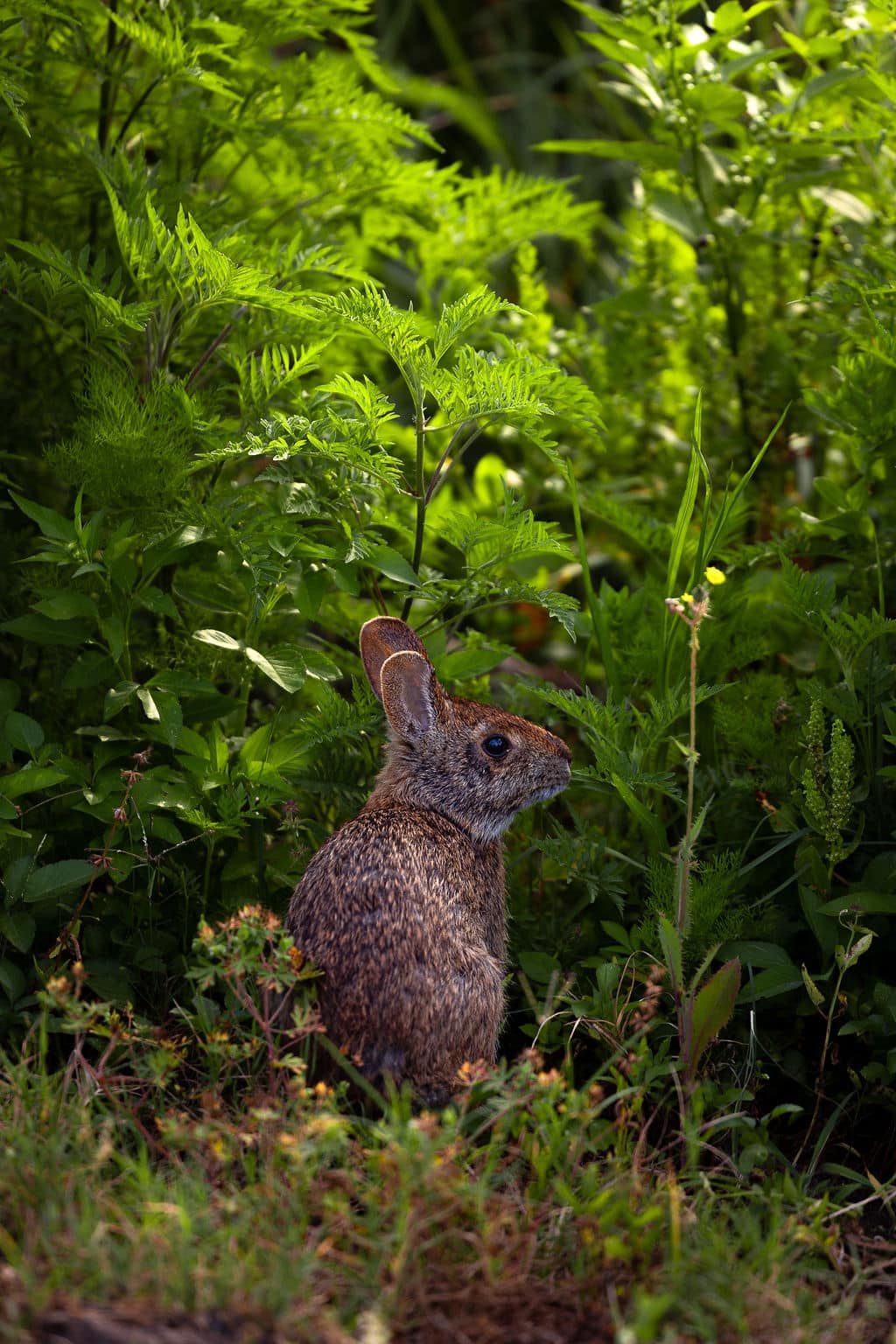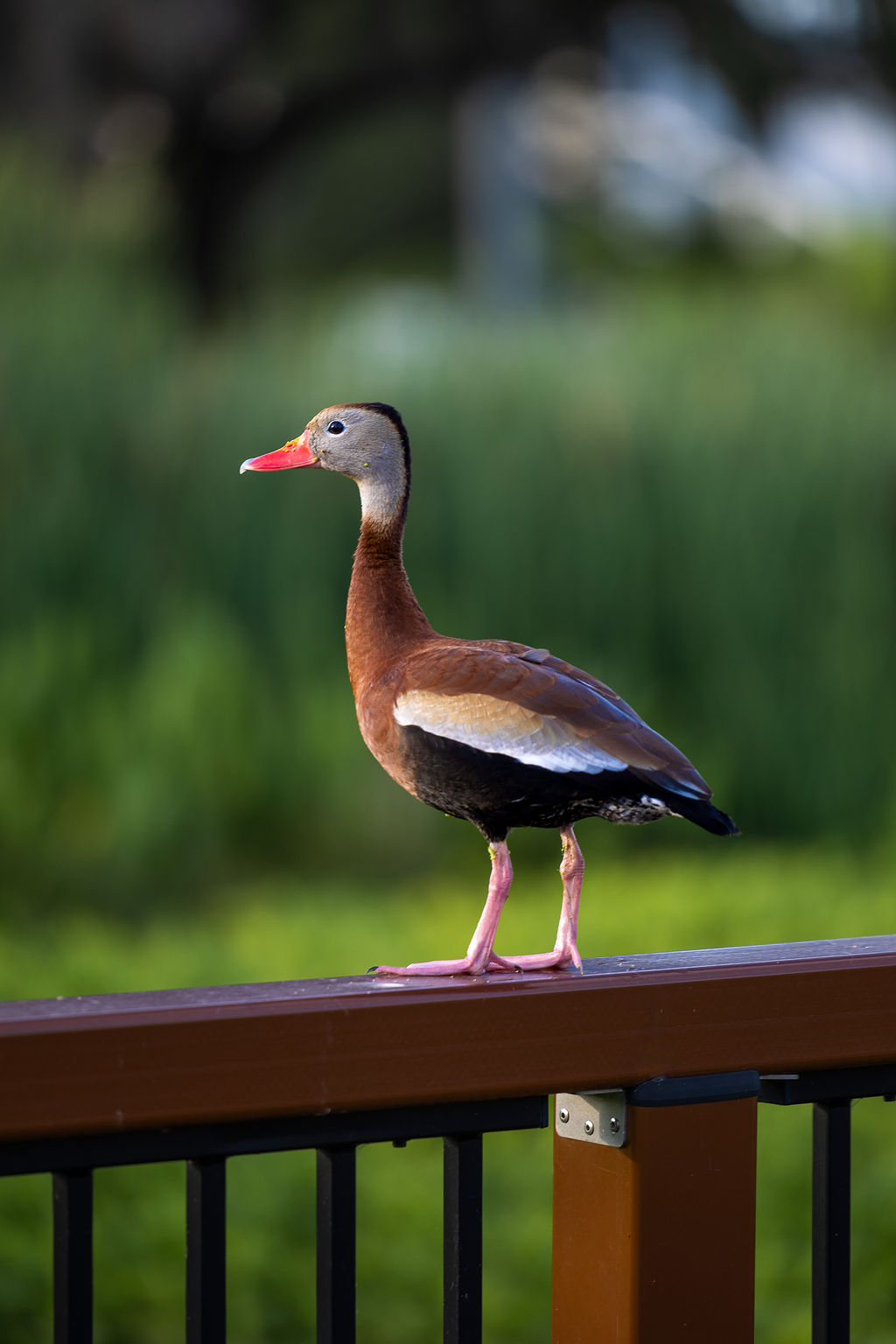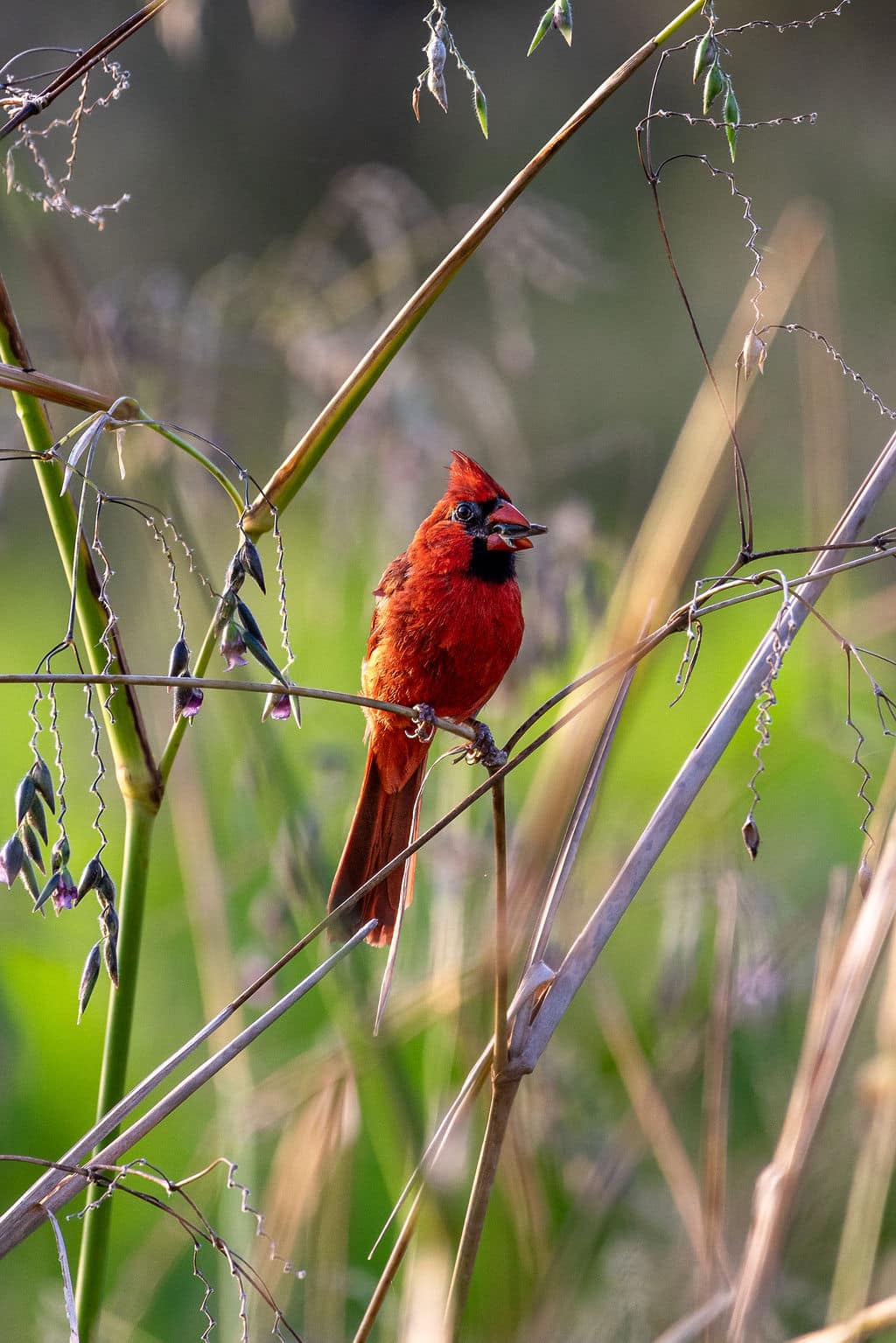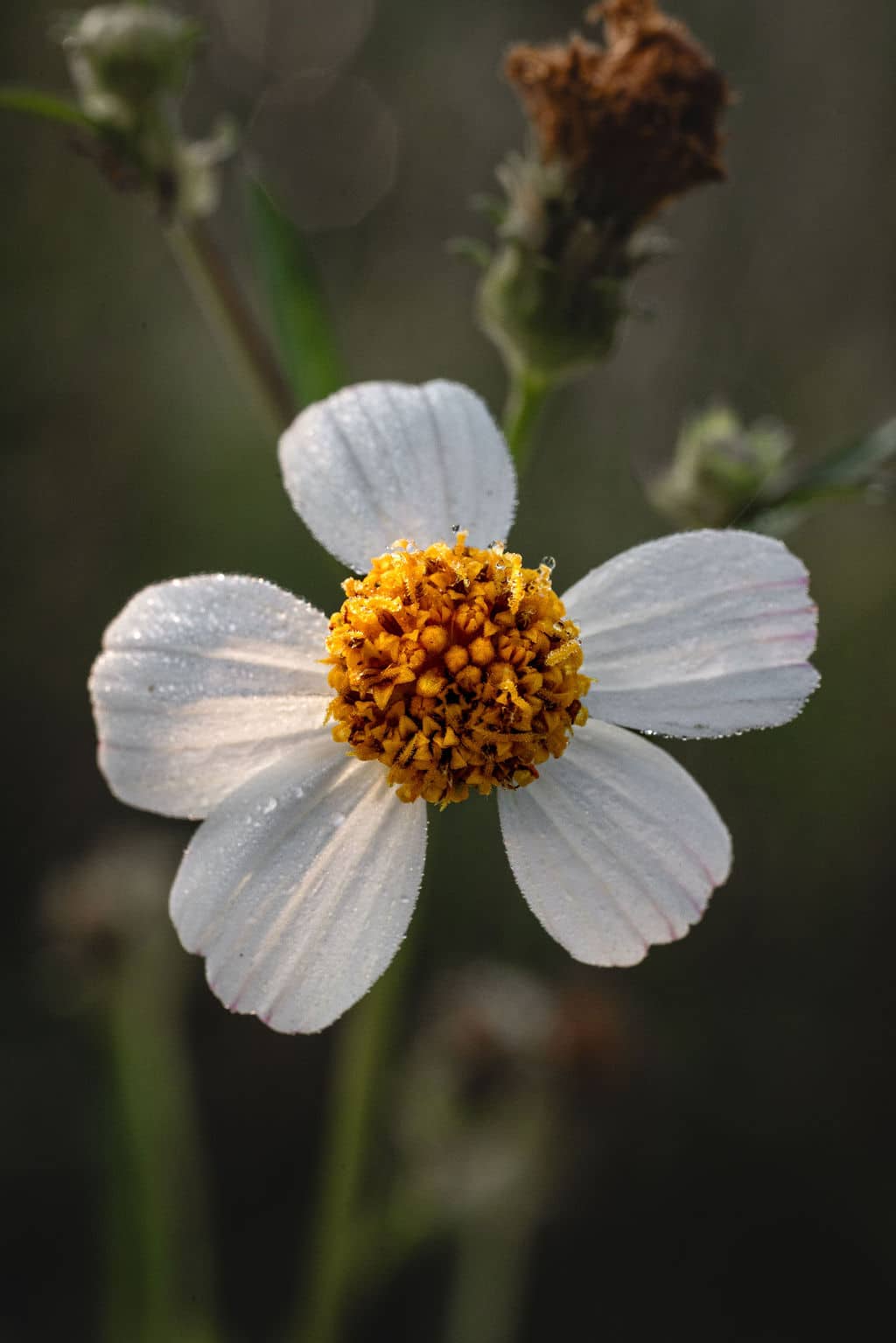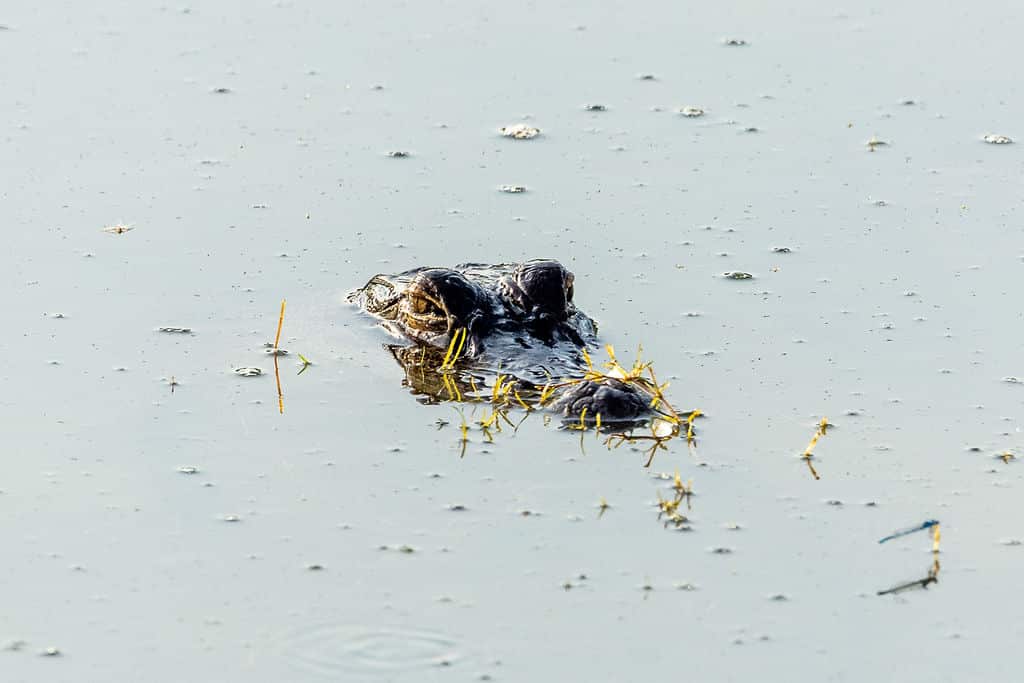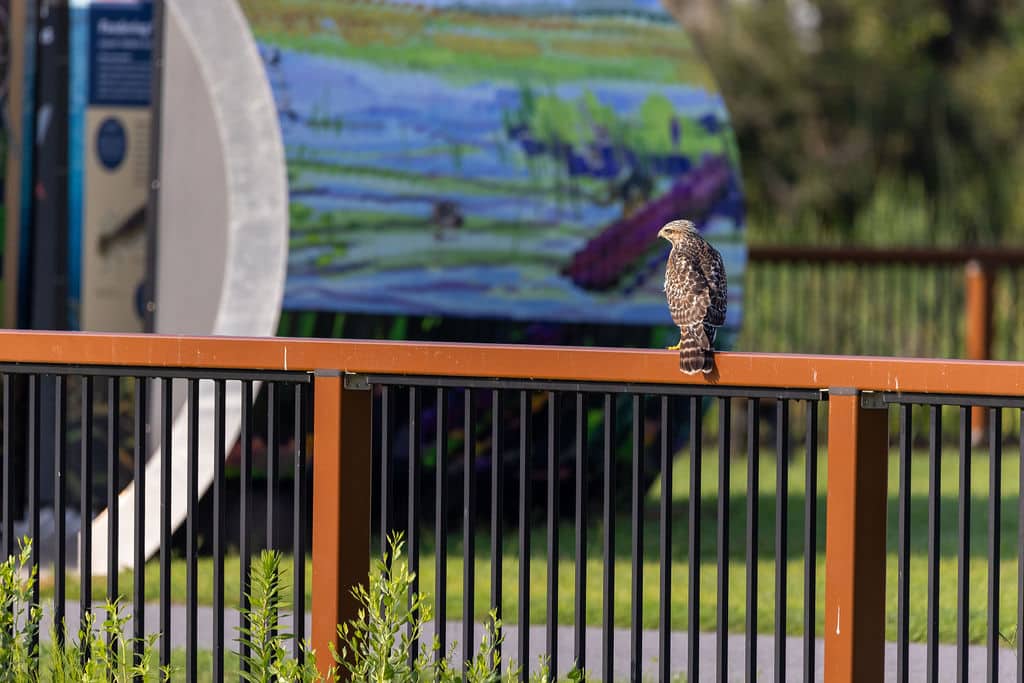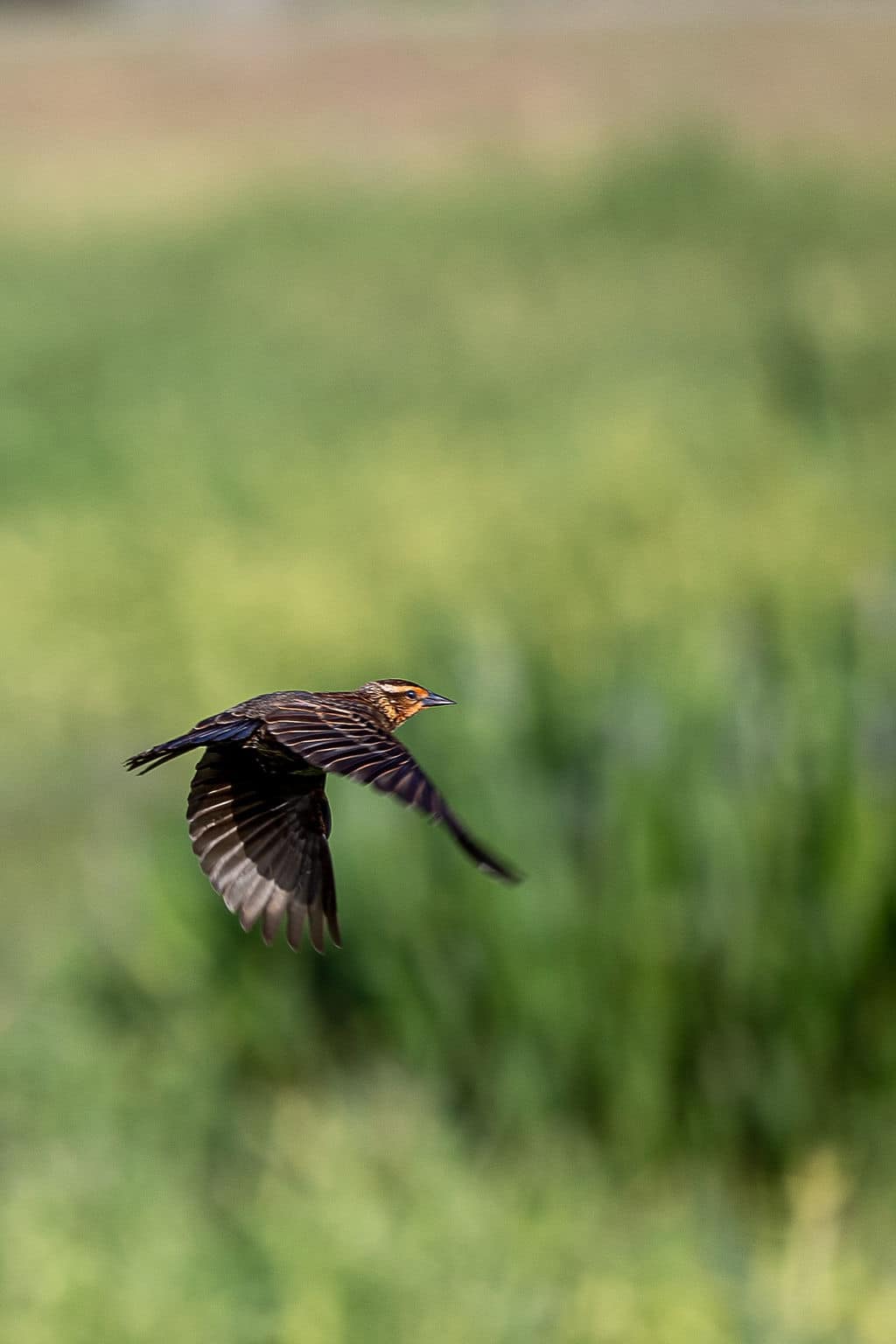Meet Your Neighbors
Immerse Yourself in Natural Beauty Just Steps Away from your Apartment. Discover the enchanting landscapes captured by local artists, featuring our picturesque neighbor - the Ocala Water Preserve & Recharge Park. Just a stone's throw from your doorstep at Aurora St. Leon Apartments, you can explore winding trails and breathtaking scenery that promise moments of tranquil beauty.
Our neighborhood's unmatched beauty and vibrant lifestyle is a perfect haven for relaxation and adventure. Nestled adjacent to the breathtaking Ocala Wetland Recharge Park, our community offers exclusive access to an expansive 60 acres of pristine greenery, inviting you and your family to connect with nature like never before.
Whether your ideal day involves a serene walk amidst nature’s finest scenery or an exhilarating expedition exploring the great outdoors, the park caters to every aspiration. This verdant oasis is not just a backdrop to our neighborhood; it's a playground, a sanctuary, and a living, breathing space that enhances our quality of life every day.
With its diverse recreational opportunities, the Ocala Wetland Recharge Park is more than just a park—it’s a gateway to experiencing the great outdoors in all its glory. Here, every walk, jog, or bike ride becomes an adventure, every glance at the horizon offers a story, and every moment spent under its canopy inspires a deeper appreciation for the natural world.
Join our welcoming apartment community in Ocala, where the endless possibilities of outdoor enjoyment and the tranquil beauty of our surroundings enrich life. Here, you’ll find not just a place to live but a place to thrive, explore, and make lasting memories. Experience the best of both worlds—a peaceful retreat with the excitement of adventure right at your doorstep.
Click the play buttons below to hear wildlife calls
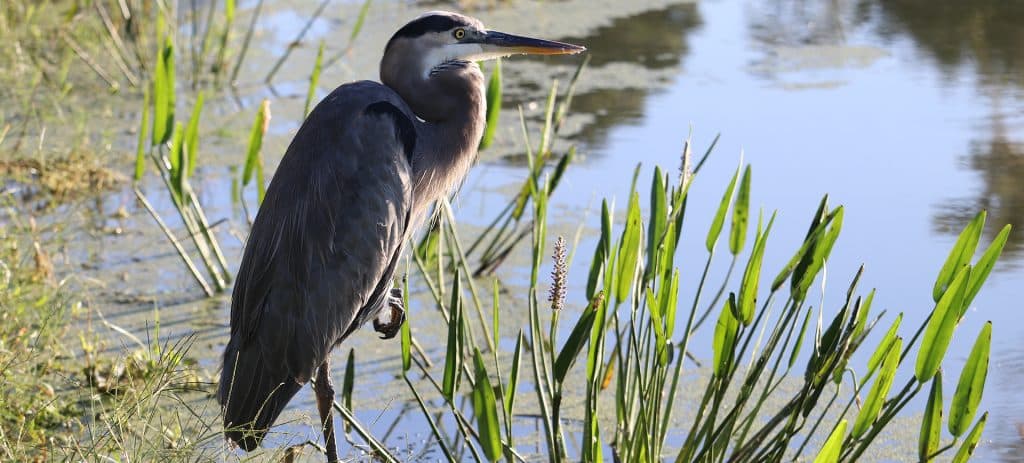
Great Blue Heron
The Great Blue Heron stands as a majestic figure along the water's edge, its statuesque form synonymous with quiet strength and grace.
These avian marvels, with their striking blue-gray plumage, long legs, and dagger-like bill, cut an impressive silhouette against the backdrop of both freshwater and saltwater habitats. Known for their patience, Great Blue Herons can often be seen standing motionlessly for hours before striking with lightning speed to catch a fish or frog.
Beyond their hunting prowess, these birds are skilled architects, constructing large stick nests in the canopies of trees where they raise their young. The Great Blue Heron's presence in a variety of wetlands across North and Central America symbolizes the health and diversity of aquatic ecosystems, underscoring the importance of conserving natural habitats for future generations to enjoy.
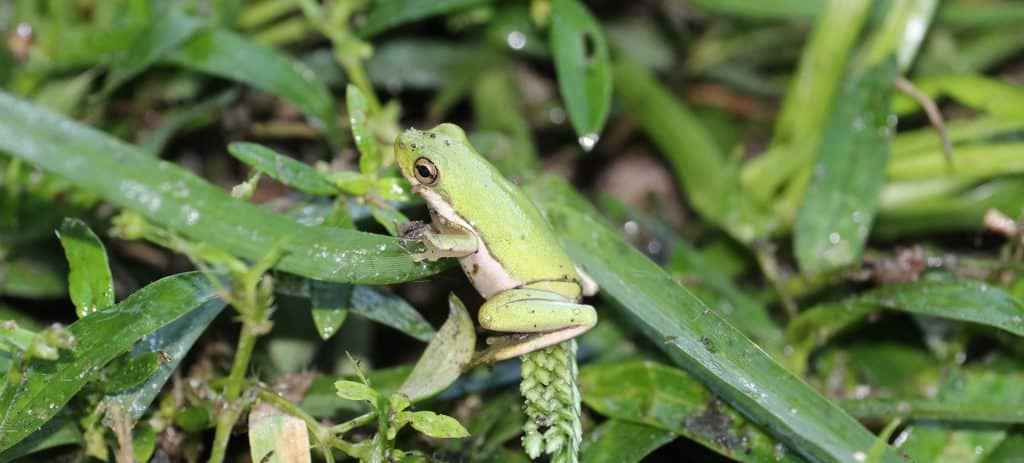
Green Tree Frog
The Green Tree Frog, a charming amphibian known for its vibrant color and friendly demeanor, stands as a symbol of ecological equilibrium and biodiversity.
These frogs are primarily found in the Southeastern United States, thriving in wet, forested environments where their bright green skin allows them to blend seamlessly into the foliage. Not only do they play a crucial role in controlling insect populations, but their presence is also a significant indicator of the health of their ecosystems.
With a gentle croak that often heralds the coming of rain, Green Tree Frogs have a unique relationship with their habitat, showcasing the intricate connections within nature. In a world striving for sustainability, the Green Tree Frog reminds us of the delicate balance we must maintain to ensure the prosperity of such vibrant ecosystems.

Black Bellied Whistling Ducks
Black Bellied Whistling Ducks are a captivating species that command attention with their striking appearance and melodious calls.
Distinguished by their rich chestnut plumage, vivid pink bills, and, as their name suggests, black bellies, these ducks bring a splash of color to their habitats. Native to the warm climates of the southern United States down through Central to South America, they thrive in wetlands and lakes, often seen perched on tree limbs or floating gracefully on the water. Unlike typical ducks, Black Bellied Whistling Ducks form strong pair bonds and are known for their social behavior, gathering in large flocks at dusk to feed or roost. Their distinctive whistling calls fill the air with a chorus that adds a unique soundtrack to the environments they inhabit. Not only are they a beautiful sight for birdwatchers, but they also play a significant role in the ecosystem by controlling insect populations and contributing to the health of their wetland habitats.

Boat Tailed Crackle
The Boat-tailed Grackle is a fascinating bird species, known for its distinctive appearance and captivating behavior.
Sporting a sleek, iridescent black plumage that glistens under the sun, males of the species are instantly recognizable by their long, keel-shaped tails, which they proudly fan out during their elaborate courtship displays. In contrast, females are a modest brown, blending seamlessly into their marshy habitats. These birds are not just about looks; their loud, musical calls fill the air, adding a layer of vibrancy to their environments. Found primarily along the Gulf Coast and the Southeastern United States, Boat-tailed Grackles are highly adaptable creatures, thriving in a range of habitats from coastal marshes to urban areas. Their omnivorous diet and resourceful foraging habits allow them to make the most of their surroundings, making them a compelling subject of study for bird enthusiasts and researchers alike.

Eastern Phoebe
The Eastern Phoebe, a member of the flycatcher family, is a small yet easily recognizable bird due to its distinctive 'phoe-be' call from which it gets its name.
This medium-sized passerine is found throughout the eastern parts of North America, preferring open woodlands, parks, and gardens as their habitat. With a muted palette of brown, white, and gray, the Eastern Phoebe may not catch the eye with bright colors, but it captivates bird watchers with its behavior. These birds are known for their agility in the air, darting gracefully to snatch insects mid-flight. Remarkably, the Eastern Phoebe is one of the first migratory birds to return to its breeding grounds in spring, signaling the changing seasons. It plays an essential role in ecosystems as both a predator of insects and a prey item for larger animals. Its presence is also significant historically, as it was the first bird banded in North America by John James Audubon, marking the beginning of bird banding studies in the continent.
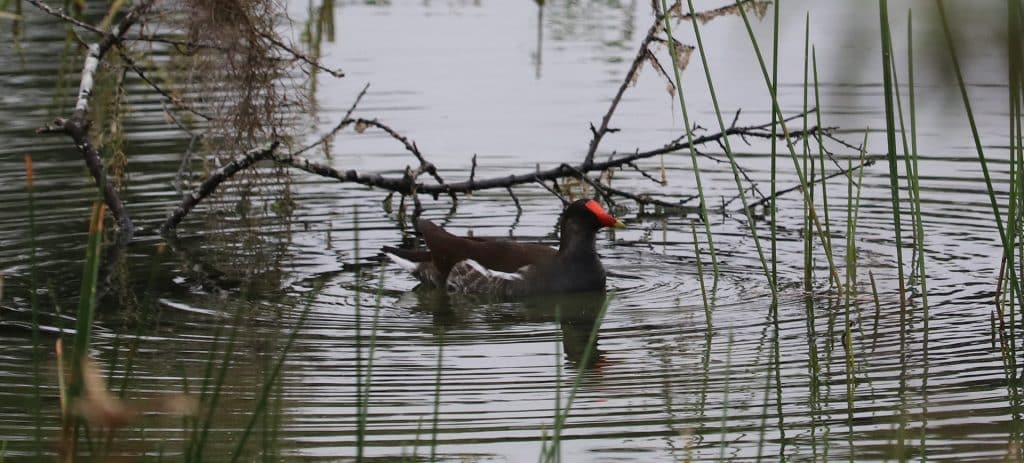
Gallinule
The Gallinule, a member of the rail family, is a fascinating bird that thrives in wetland environments around the world.
Characterized by its striking plumage, often a deep blue or green with hints of black, and a distinctive red or yellow frontal shield and bill, the Gallinule is not only a beautiful sight but also a master of adaptation. These birds are known for their unique ability to walk on floating vegetation, thanks to their long toes which distribute their weight evenly. This skill, combined with their proficient swimming ability, allows Gallinules to access food sources such as aquatic plants, insects, and small fish in their marshy habitats. Despite their quiet, reclusive nature, Gallinules are vocal birds, communicating with a variety of calls that echo beautifully across the water. Observing these birds as they gracefully navigate their wetland homes offers a glimpse into the delicate balance of aquatic ecosystems and the remarkable adaptations of the creatures within.


